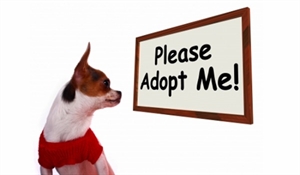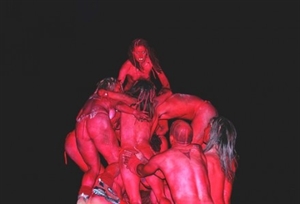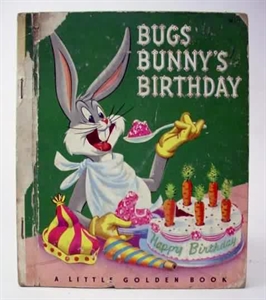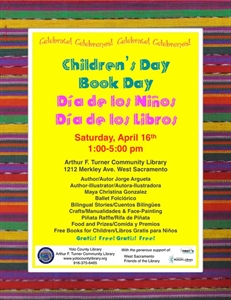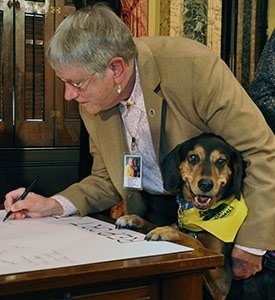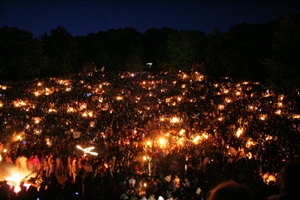International Jazz Day 2024 is on Tuesday, April 30, 2024: Who is Armando Peraza in Latin Jazz?
Tuesday, April 30, 2024 is International Jazz Day 2024.
As an Amazon Associate I earn from qualifying purchases.

Jazz Day encourages jazz fans around the globe to go to or start jazz festivals, occasions and parties. A good in the trumpet, saxophone, piano or Clarinet? Most probably not all at one time, but you get the drift.
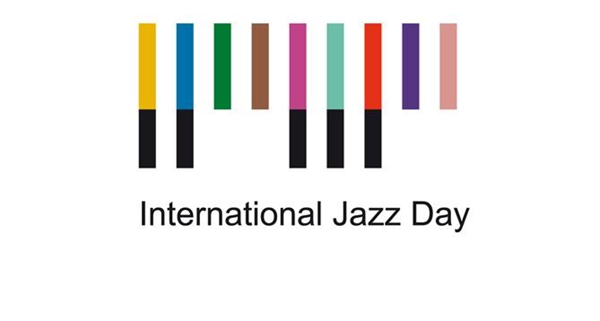
Armando Peraza (born ca. May 30, 1924 in Havana, Cuba) is a Latin jazz percussionist. Through his long associations with jazz pianist George Shearing, vibraphonist Cal Tjader and guitarist Carlos Santana, he has been internationally known from the 1950s through to the 1990s. Although primarily known as a bongocero and conguero, Peraza is also an innovative and accomplished dancer and composer. Peraza has been featured on classic recordings by Perez Prado, Machito, George Shearing, Charlie Parker, Tito Puente, Cal Tjader and Carlos Santana.
Peraza's work with Shearing, Tjader and Santana brought him international fame. He has been inducted into the Smithsonian Institution's Hall of Jazz Legends and has had three official "Armando Peraza Days" by the City of San Francisco.
Born in Lawton Batista, Havana, Cuba in 1924 (although the birth year is uncertain), he was orphaned by age 7 and lived on the streets, making a living selling vegetables. Peraza gained a reputation as a sportsman, and became proficient at baseball and boxing. At one time he was a boxing coach. A natural musician, a chance encounter at a baseball game led to his first professional gig with famous local bandleader Alberto Ruiz. He then made his reputation as drummer and dancer playing with the cream of Havana's small bands or "conjuntos", the most famous being Ruiz's Conjunto Kubavana.
He left Cuba for Mexico in 1948 to tend to his sick friend, conga drummer Mongo Santamaría. They subsequently arrived in New York City in 1949, where after sitting in with Machito's big band, Peraza was personally requested by the great Charlie Parker to participate on a record date with Parker, Buddy Rich and many others. He also recorded with Slim Gaillard in New York in November 1949, a session that produced an exemplary virtuoso performance from Peraza on "Bongo City". He toured the entire U.S. with Slim Gaillard's band and ended up in San Francisco, where Gaillard owned the famous San Francisco nightclub named Bop City. After a period in Mexico, where he recorded with Perez Prado and also recorded many soundtracks for the Mexican movie industry.
In 1954, while performing in San Francisco with pianist Dave Brubeck, Peraza met Cal Tjader, who was Brubeck's drummer at the time. The jazz writer Leonard Feather recommended Armando to Fantasy Records, along with Tjader to record an Afro-Cuban album, which was titled "Ritmo Caliente" and was groundbreaking in its use of Afro-Cuban rhythms with a Jazz sensibility and was followed up in 1957 with "Mas Ritmos Caliente". During this period, Peraza was introduced to British
Peraza's extraordinary technique and expressive power as a hand drummer became a feature of Shearing's performances. He toured the world over with Shearing but it was in America where he experienced persistent and institutionalized racism. An example of this was an incident in Miami during dates with Shearing and Peggy Lee in 1959, Peraza and the other black members of the band were not allowed to stay at the same hotel as the white musicians. Shearing and Lee resolved the situation by threatening to pull out of the performance unless Peraza and the others were "allowed" to stay at their hotel. Shearing was one of the first racially integrated jazz groups, which was groundbreaking in its own right. While with Shearing, Peraza had the distinct opportunity to play with the classical symphonies of Boston, Philadelphia, New York and Oklahoma City. He also participated while with Shearing, in a command performances for Elizabeth II of the United Kingdom.
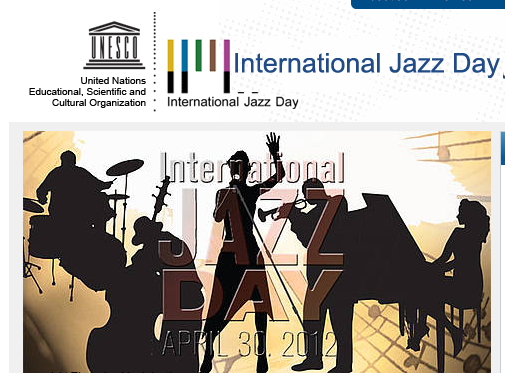
Does the United Nations Jazz Society still do concerts? I have not been able to find a link. Thanks in advance?
Here is a link regarding the International Jazz day and there is a link down a bit with information on the United Nations Jazz Society.... found with a Google Search
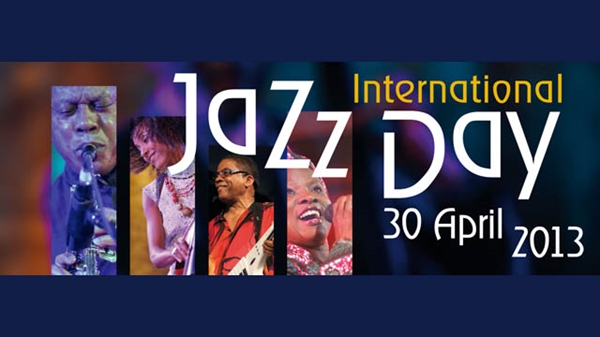
how is the harp used in jazz music?
With a growing demand from harpists for education in improvisation and jazz, the harp is gaining more and more space in non-traditional settings. Because there are no bachelor’s degree programs specifically for harpists, it is necessary to provide education in another way. To assist in such education, the International Jazz Harp Foundation created the Jazz Harp Academy. The Jazz Harp Academy is a traveling academy that provides expertise as well as network and organizational management to collaborate with local schools and universities. Its purpose is to inspire harpists to improvise, to teach them the basics, to educate them as to playing in a combo or band and to promote the overall world of jazz harp performance.
Dorothy Ashby began playing the piano in the jazz scene in Detroit, though by 1952 she had made the harp her main instrument. At first her fellow jazz musicians were resistant to the idea of adding the harp, which they perceived as an instrument of classical music and also somewhat ethereal in sound, into jazz performances. So Ashby overcame their initial resistance and built up support for the harp as a jazz instrument by organizing free shows and playing at dances and weddings with her trio. She recorded with Ed Thigpen, Richard Davis, Jimmy Cobb, Frank Wess and others in the late 1950s and early 1960s. During the 1960s, she also had her own radio show in Detroit. Carol Robbins is one of the world's few jazz harpists. She studied with the great jazz harpist Dorothy Ashby. She has worked extensively in the Los Angeles studios and has performed and recorded with such artists as Teddy Edwards, Billy Childs, Brian Wilson, Carly Simon, Dianne Reeves, Bjork, Linda Ronstadt, Jose Feliciano, and Manhattan Transfer.
(clips of jazz harp music on link)
One of the best-known jazz harpists: Edmar Castaneda
When Castaneda was 16, though, he moved with his family to New York. There, he discovered jazz — Charlie Parker, Chick Corea. He started playing in restaurants and toting his harp to jam sessions. He's created a personal style that blends elements of both kinds of music. "My father always wanted me to be a trumpet player," Castaneda says. "Then I came [to the U.S.], and in high school here, they have bands. They didn't have harps. And then I wanted to play jazz. So I went to college playing the trumpet, and it was great, because I learned all the jazz improvisation, and I just passed it to the harp." These days, he performs with the likes of singer Lila Downs and Latin jazz bandleader Paquito D'Rivera. Castaneda recently tried to describe his approach to playing to independent producer David Schulman for the Musicians in Their Own Words series.
Other well-known jazz harpists are Park Stickney and Rossitza Milevska.
Although Park Stickney claims that it wasn’t his plan at the age of 10 to become a world-traveling jazz harpist, he did, in fact, embark on that path then by competing in the first International Jazz and Pop Harp Festival. Since then, after finishing his studies at the Juilliard School in New York, he has traveled across Europe, Asia and the U.S., as a soloist and teacher, as well as with a variety of ensembles whose music ranges from jazz to classical to rock.
An active teacher, Stickney is visiting Professor of Jazz Harp at the Royal Academy of Music in London. He has given masterclasses at the the Juilliard School, the Chopin Conservatory in Warsaw, the Hochschule für Musik und Theatre in Munich, the Barcelona Conservatory, the Ecole de Jazz et Musique Actuelle in Lausanne, and in Italy in the Conservatories of Torino and Pesaro, and has been on the faculty of the International Jazz and Pop Harp Festival since 1995. He also teaches privately in Geneva and New York.
(clips on this link)
Born and raised in Sofia, Bulgaria, Rossitza Milevska cultivated her admiration for music at the National School of Music. In 2008 Rossitza won the 1st prize at the "Tremplin Nice Jazz Festival" with her trio and became the first jazz harpist who had a concert on the stage of The Nice Jazz Festival. In addition to the frequent solo and chamber music recitals in Europe, Ms Milevska has performed with her Jazz Trio in prestigious Jazz and Harp festivals, such as The Nice Jazz Festival, The 7th European Harp Symposium in Cardiff, The World Harp Congress, Amsterdam, and The International Harp Festival in Avesnois.











